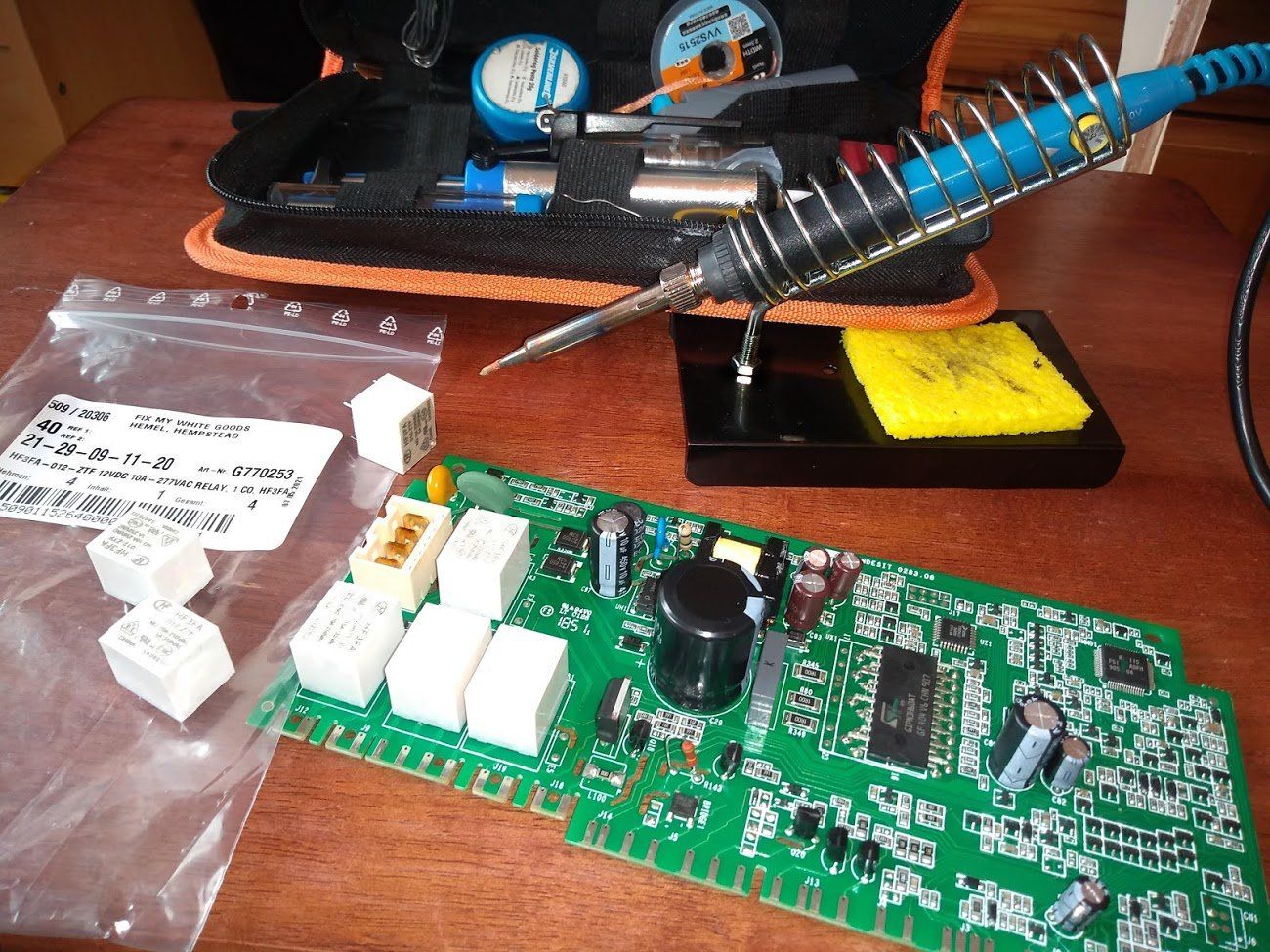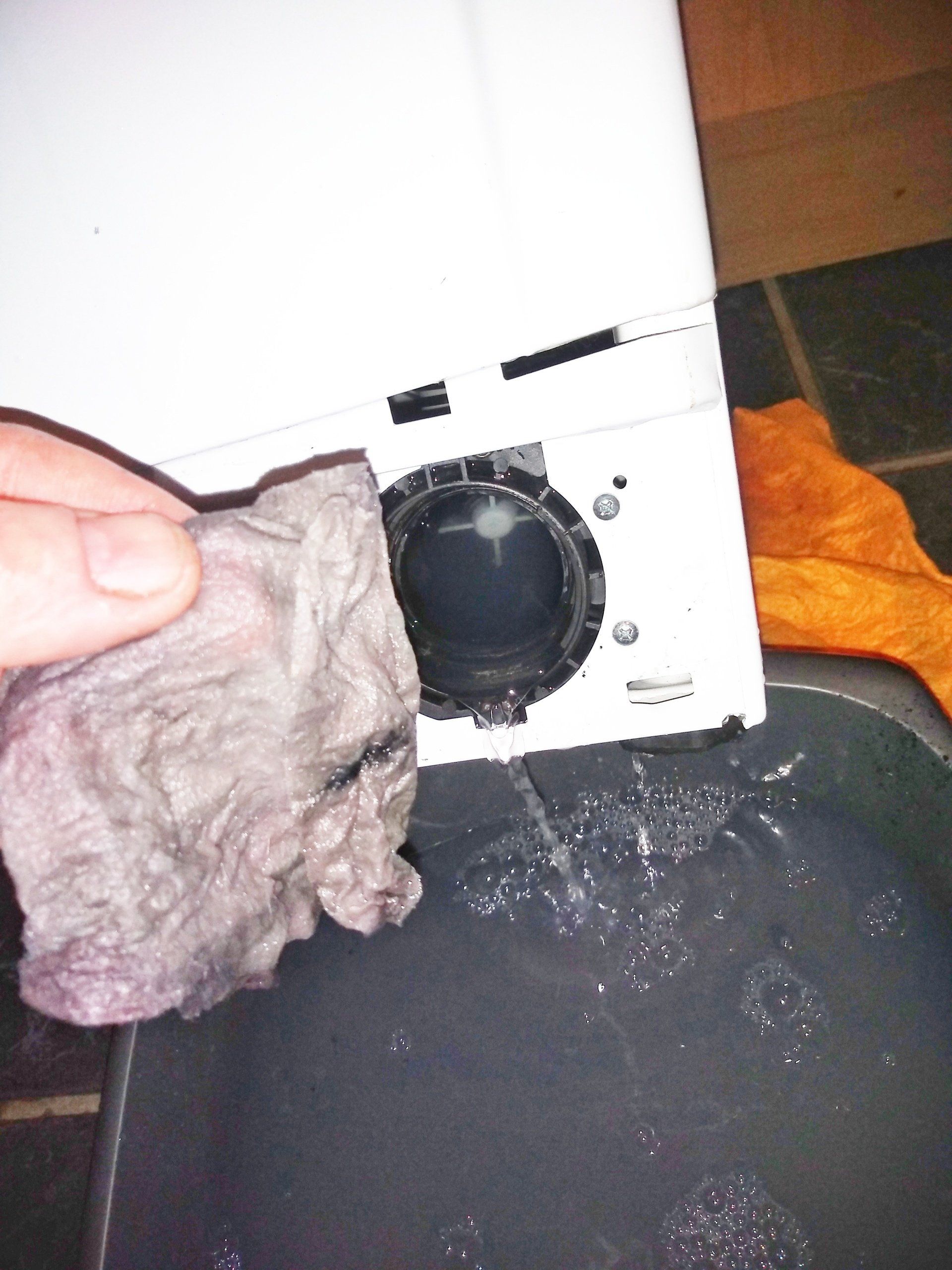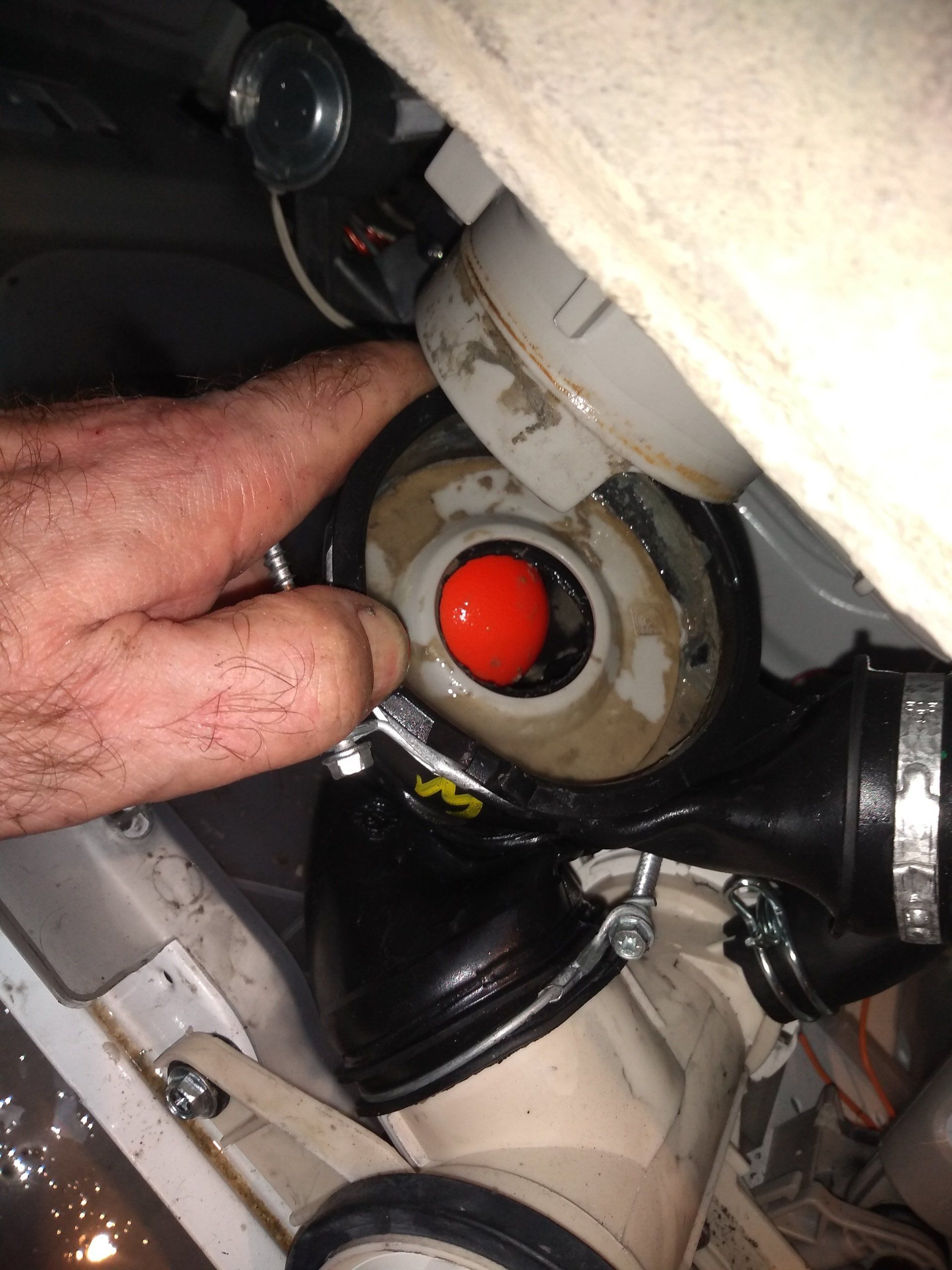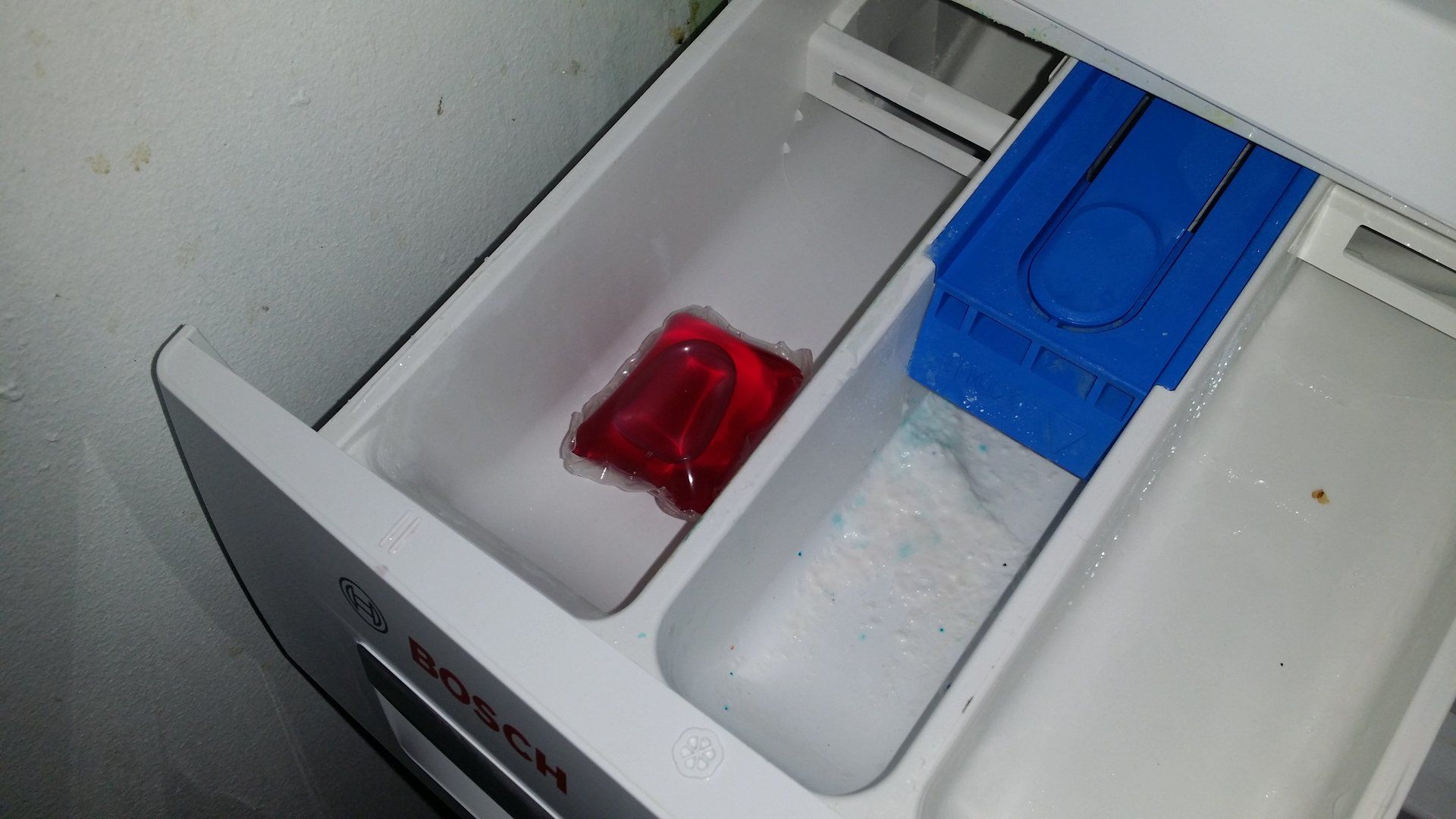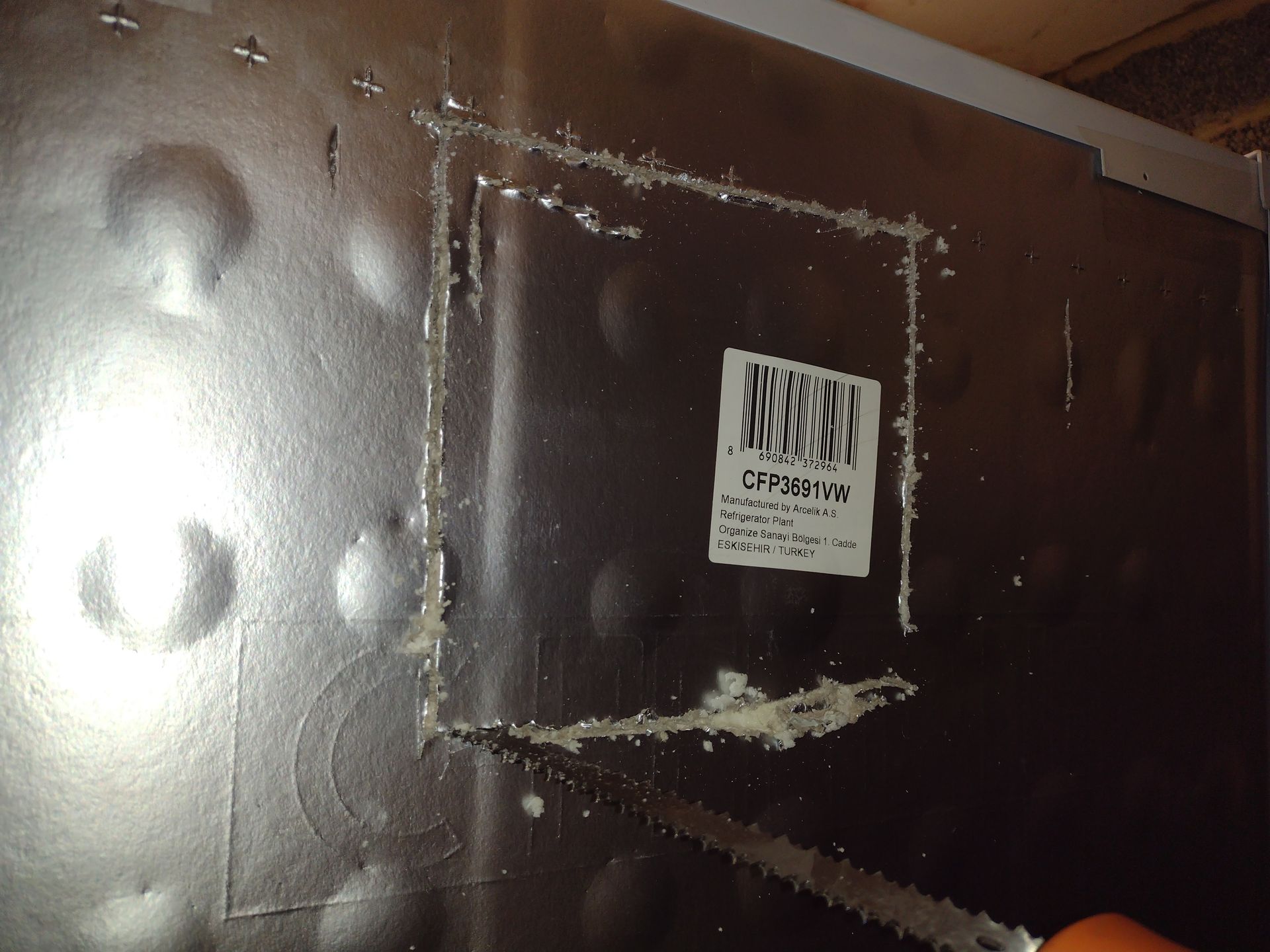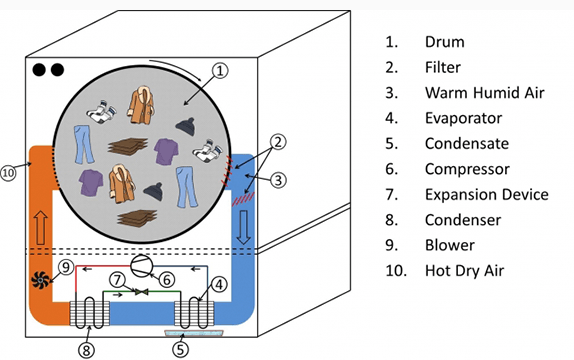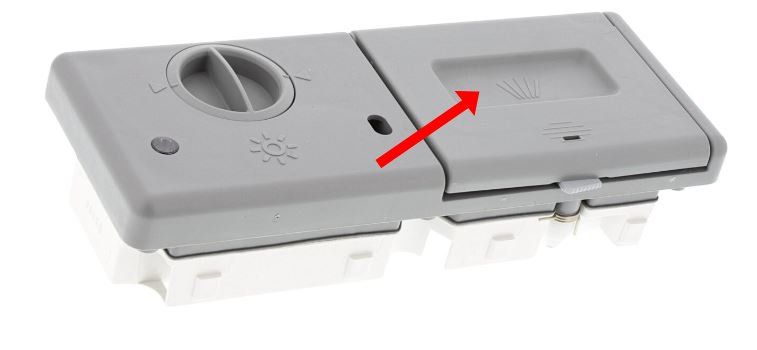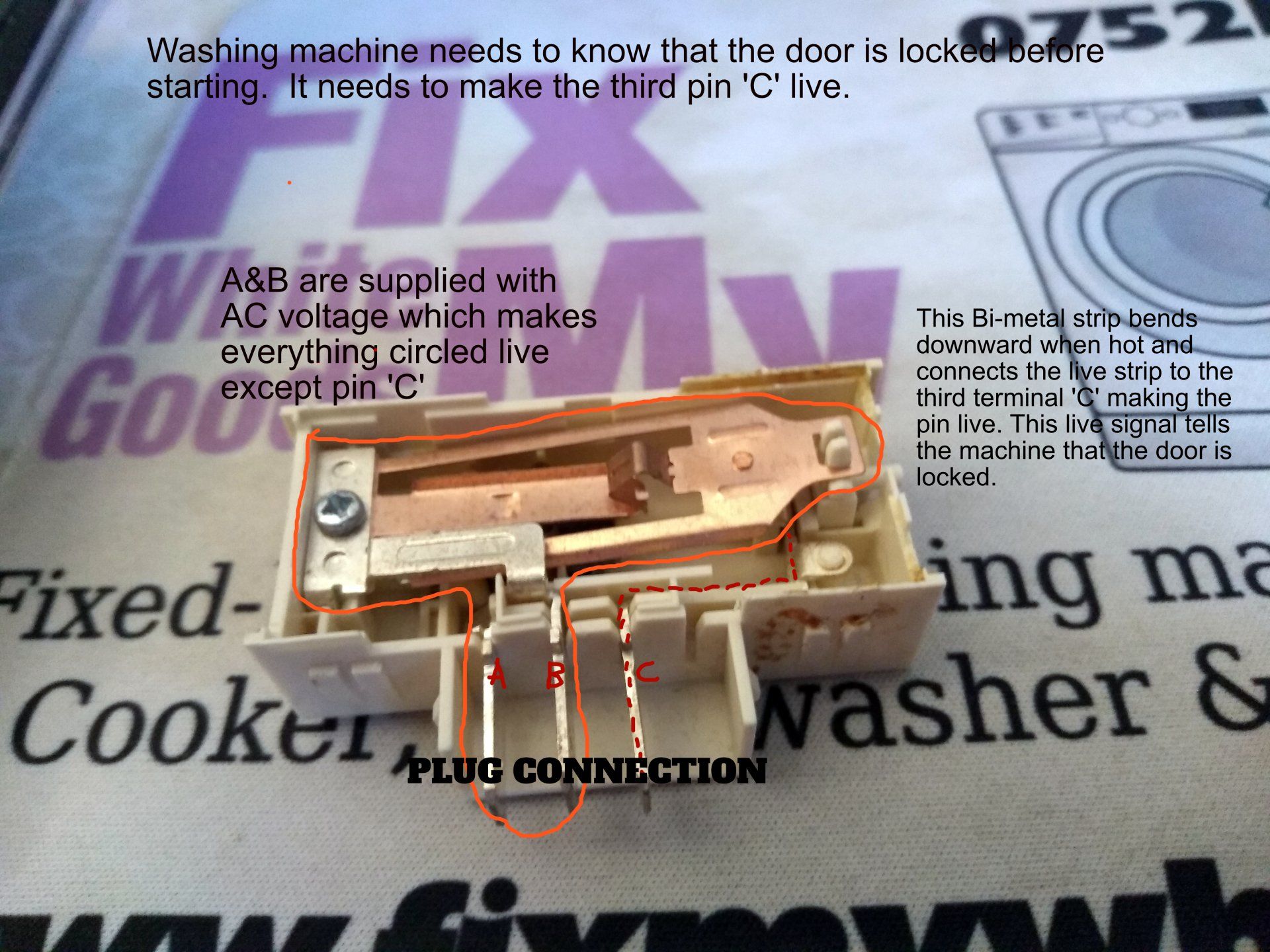Using capsules/sachets in your washing machine?
Just don't put them in here!
Soft detergent capsules are becoming more common these days. I attended a fault where the customer had complained of water cascading out of the front of the detergent drawer as it was doing its initial fill.
I attended and checked the machine over but didn't find anything wrong. Water pressure was fine and the customer said that this was an intermittent fault as it didn't occur every time but randomly.
I left the call still not knowing why the water had escaped from the detergent drawer and asked the customer to contact me again if it occurred again. A few days later I had a re-visit as the water had once again poured out of the detergent drawer section during the initial fill.
Once again, I checked the appliance over but found nothing wrong with the machine. I started asking the customer about the way she was using the appliance, how much detergent used, etc. It was then that I discovered that the lady had recently changed to new capsule-type detergent similar to the one in the photograph.
The crucial thing was that she was putting the capsule in the drawer which is solely for the use of liquids or powders.
What had been happening was that on occasions, the capsule would slip down into the chute where the water goes, blocking it, and before the capsule had had time to dissolve, the water level in the drawer section would then briefly rise and come out of the front of the drawer section.
Of course, every time I visited, the capsule had by then dissolved and slipped into the tub of the washing machine leaving no evidence of the cause!
It took a bit of detective work to solve but after advising the customer to place the capsules directly into the drum, the problem was resolved.
